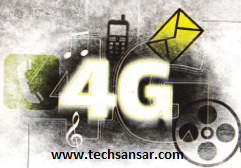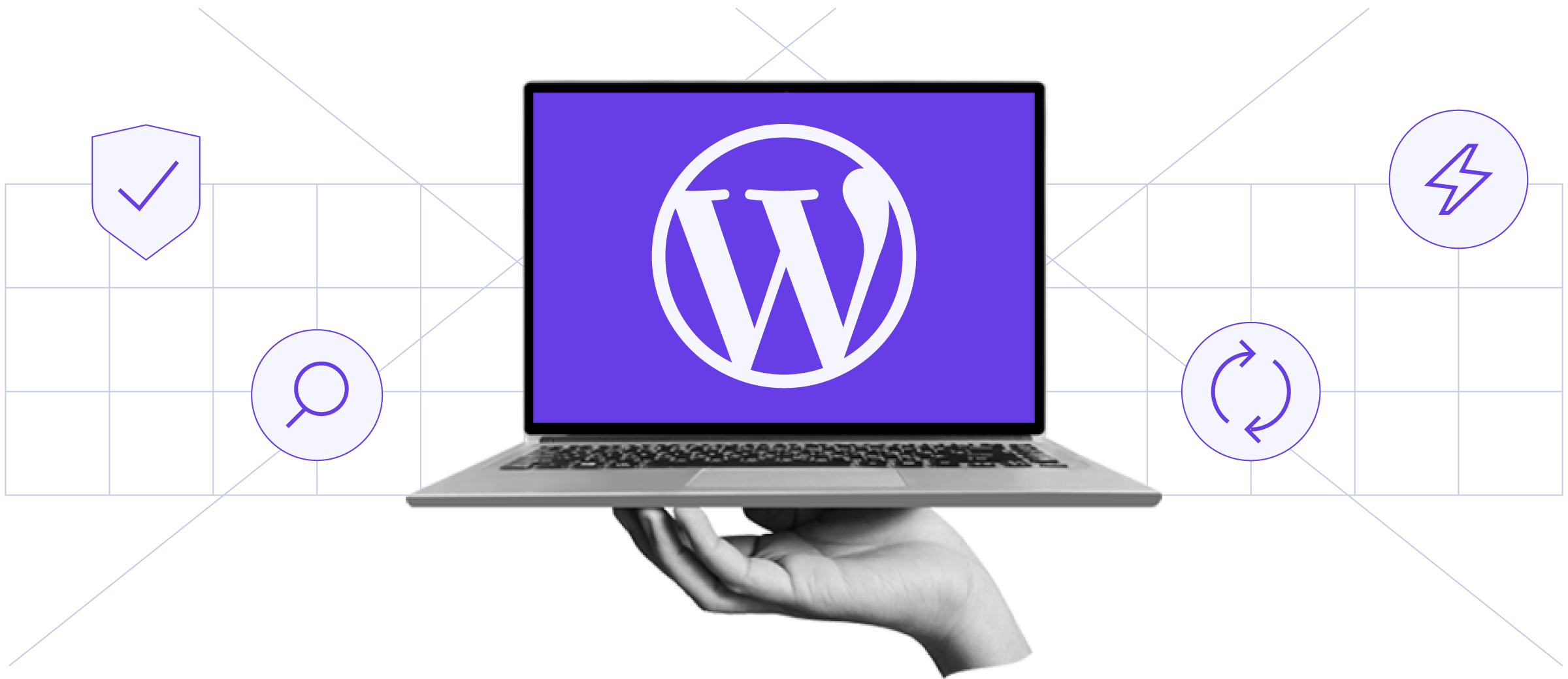 The Nepalese Ministry of Information and Communication (MoIC) has determined the frequency band to be allocated for much anticipated and still in research telecommunication standard – 4G. The Ministry has been recommended 2.6 GHz band with 150 MHz bandwidth in urban areas, whereas 700 Mhz band is for rural areas, by the Nepal Telecommunications Authority (NTA).
The Nepalese Ministry of Information and Communication (MoIC) has determined the frequency band to be allocated for much anticipated and still in research telecommunication standard – 4G. The Ministry has been recommended 2.6 GHz band with 150 MHz bandwidth in urban areas, whereas 700 Mhz band is for rural areas, by the Nepal Telecommunications Authority (NTA).
However, 4G spectrum has not yet been assigned. It seems like Nepalese telco operators are very enthusiastic with 4G technology. As always, this time also instead of improving existing technologies and services for the customers, the governing body NTA seems to be soft towards the telecom operators. This is because it is very easy to get license of telecom in Nepal, the license of 3G and broadband has the same case, there are no auctions held, sharing the share rule is applied instead, which then enables every operators to adapt the technology but quality is never an important factor. This is the bad experiences that we Nepalese telecom customers are facing. (Read article: Towers or New Services)
What is 4G and how will Nepal utilize 4G?
Okay, no wonder Nepal might be the first in the Indian sub-continents to deploy 4G mobile services in the country. 4G is the next generation cellular wireless standard after 3G and 2G, focusing on IP-based networks with high bandwith for both stationary and highly mobile communication modes. 4G would be based on advanced technologies like mobile WiMAX, LTE (Long Term Evolution) and LTE-Advanced.
 Both Nepal Telecom (NTC) and Ncell are showing their interest for introducing 4G since they already have 3G cellular services, though in limited areas with limited scopes. Ncell has initiated the 4G technology to be introduced by asking the frequency spectrum with NTA last October 2010. Maybe TeliaSonera, the parent company of Ncell, want to test 4G in Nepal before implementing it in other countries where it operates mobile services.
Both Nepal Telecom (NTC) and Ncell are showing their interest for introducing 4G since they already have 3G cellular services, though in limited areas with limited scopes. Ncell has initiated the 4G technology to be introduced by asking the frequency spectrum with NTA last October 2010. Maybe TeliaSonera, the parent company of Ncell, want to test 4G in Nepal before implementing it in other countries where it operates mobile services.
What will Nepalese customers get from 4G?
Frustations. This is a firmly believed answer. We have 2G, 2.5G, 3G but none of them serve customer happily. We have plenties of complaints made to teleco guys, but they never seem to listen. 3G was introduced years ago – Nepal was the first country to introduce 3G in the Indian Sub-continent, but still the deployment is limited to few cities that with very limited services and poor bandwidth.
When 4G is introduced we would expect a seamless IP-based mobile broadband ie telephony cum mobile broadband on-the-go, ultra-broadband Internet access, IP telephony, high speed P2P gaming services, streaming multimedia services along with IPTVs. Can these international standards be maintained by NT and Ncell? Had they ever been providing? The answer is with the Nepalese mobile users. Plus every equipment will be IPv6 based which will add burden to existing customers to have IPv6 enabled devices.
Let’s hope mobile operators this time will complete feasibility study with user’s demand and need. And the authorities will not grant the permission to all the operators at once without foreseeing the operations and services that will be provided with 4G. NTA has said Nepal is capable of holding as much as five 4-G operators in the band recommended.
Why You Shouldn’t Abandon Your Business Number
If you are a business owner, then you already know that business is all about delivering what your customers want....








